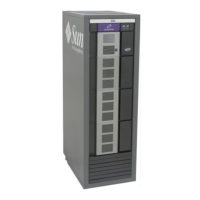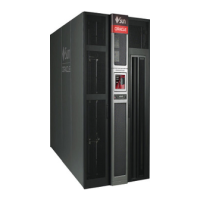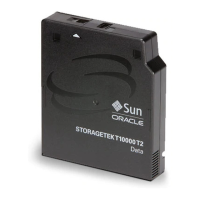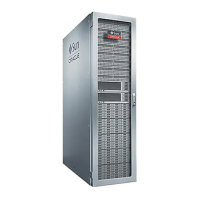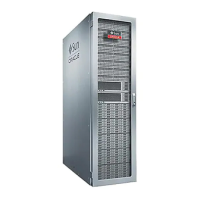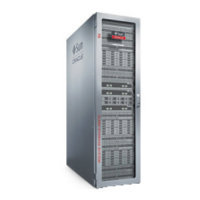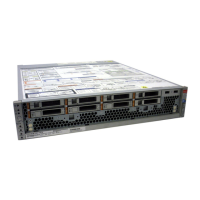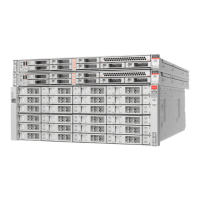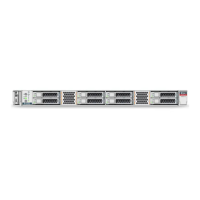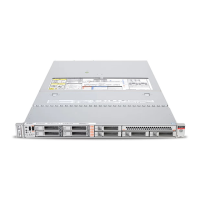Labeling Cartridges
Importing and Exporting Media 6-3
■ Use only standard LTO cartridge labels and apply them only in the specified area,
adjacent to the read/write tab. Never affix anything to other parts of the cartridge
case.
■ Use the minimum necessary quantity of an isopropyl alcohol-based cleaning
solution when removing labels or cleaning the outside of the cartridge cases. Do
not let liquid contact tape media or penetrate the interior of the cartridge case.
■ Do not use any other solvents to remove labels or to clean cartridges! Acetone,
trichloroethane, toluene, xylene, benzene, ketone, methylethyl ketone, methylene
chloride, ethyldichloride, esters, and ethyl acetate, among others, are known to
damage the plastic used in cartridge cases.
Labeling Cartridges
SL150 libraries identify individual storage volumes using ANSI standard, code 39
barcode labels that are attached to the front of the tape cartridge. The label carries both
a human-readable, alphanumeric identifier and a corresponding, machine-readable
barcode. If the library encounters a physical cartridge that lacks a label or if the label is
damaged or in an incompatible format, the library assigns the label value
[UNREADABLE] to the cartridge.
Standard LTO data cartridges are labeled with a unique, customer-assigned,
six-character volume ID, followed by a media ID field. For LTO-7 data cartridges, the
media ID can be either
L7
for read/write and diagnostic cartridges or
LX
for WORM
cartridges. Corresponding LTO-6 media are identified by
L6
and
LW
, and LTO-5 by
L5
and
LV
. (If you need to configure the library for a non-standard labeling scheme, see
Section A, "Accommodating Non-Standard Label Formats.")
LTO cleaning and diagnostic cartridge labels include a three-character prefix—
CLN
or
DG
, respectively (the diagnostic prefix includes a trailing space)—followed by a
sequence number and media descriptor. Diagnostic cartridges and drive-specific
cleaning media use the same media descriptors as the corresponding data cartridges.
So, for example a Gen-7 diagnostic cartridge would carry a label of the form
DG xxxL7
.
Universal cleaning cartridges that are suitable for all LTO generations are identified by
a
CLNU
prefix, a sequence number, and the media descriptor
CU
:
CLNUxxCU
. Note that
Oracle recommends using the generic
CU
media descriptor rather than other,
vendor-specific variations.
Apply Cartridge Labels
For each cartridge that requires a label, proceed as follows:
1. Make sure that the cartridge has been at room temperature for at least 24 hours.
2. Unwrap each new cartridge as you are ready to label it. Remove the wrapper
using the string or pull tab provided for the purpose. Do not use letter openers,
knives, box cutters, scissors, or other sharp instruments.
3. Clean the surface where the label will be placed using the smallest practical
quantity of an isopropyl alcohol-based cleaning solution. Never use other solvents!
4. Locate the correct type of label (data, cleaning, or diagnostic).
5. Peel the backing from the label.
6. Hold the cartridge so that the write-protect switch is toward you.
7. Position the cartridge label with the bar-code characters at bottom (towards the
hub side of the cartridge) and the alphanumeric characters at the top.
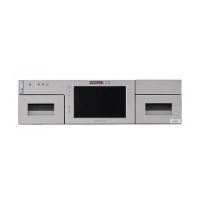
